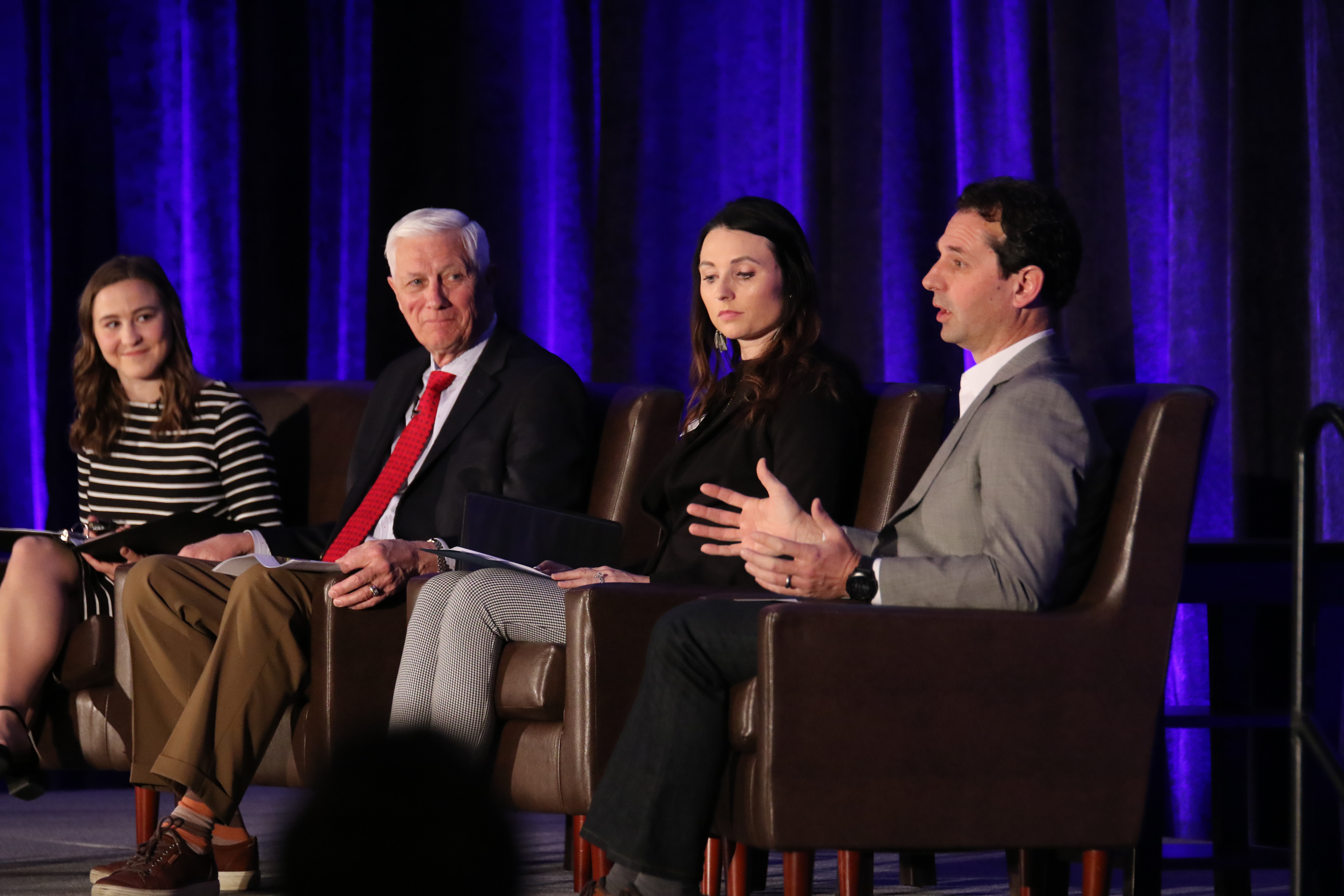-
Tax Incentives: A March Eggs & Issues recap
-
Tax Incentives: A March Eggs & Issues recap
Tyler FischbachTuesday, March 22, 2022On Tuesday, March 1, The Chamber hosted three regional developers for a critical conversation on development throughout the metro at the March Eggs and Issues event: To the south, to the sky, or out of options - where does FMWF grow from here? Jim Roers, CEO of ROERS, McKenzy Braaten, VP of Communications for EPIC Companies, and Mike Allmendinger, President of Kilbourne Group, joined The Chamber for a robust discussion on the implementation of innovative development solutions to ensure our community can handle becoming the metro that we aspire to be and are working toward. One key area of focus during the conversation was tax incentives and how they impact developers, businesses, citizens, and entire communities.
Communities can use tax incentives to achieve a myriad of goals based on their local circumstances. For example, local governments (i.e. cities or counties) use incentives to:- Create Jobs
- Create Housing
- Create resiliency and diversity
- Grow the cities tax base
- Promote historic preservation
- Redevelop brownfield sites and blighted properties
When local governments and community stakeholders (i.e. developers and businesses) look at the creation or continuation of incentive policies they consider the economic and environmental circumstances, such as; available revenue, individualized challenges, and market competition. Following the analysis of a community's local circumstances, then can they properly consider a proposed or existing incentive and determine the appropriate plan of action. It is important to note that every community has different challenges and opportunities, so incentives may look vastly different across communities. For example, incentives on the North Dakota side of the metro may have different rules, requirements and names than incentives on the Minnesota side.
Looking specifically at the greater Fargo Moorhead West Fargo metro, three incentives commonly emerge in the development industry; Tax Increment Financing, Property Tax Abatement and Renaissance Zones. Each of these incentives helps reduce cost burdens and encourages development or redevelopment throughout the metro. Our community has seen numerous developments become a reality due in large part to incentives. Some examples are Kilbourne Group’s downtown Fargo Kesler Building Project, EPIC Companies’ West Fargo The Lights on Sheyenne, and ROERS’ The View apartments on University in Fargo. Tax incentives that are used properly, can be a powerful positive tool for growing the development of communities.
Recently, the City of Fargo contracted a national consultant, TischlerBise, to conduct a comparative analysis of the City's incentive tools in relation to other similarly-sized communities. Benchmarking and embracing a holistic look at these tools will further improve our policies and processes.
Learn more about the TischlerBise study or your local tax incentives:
Tell a Friend
-
A catalyst for growth and prosperity.


